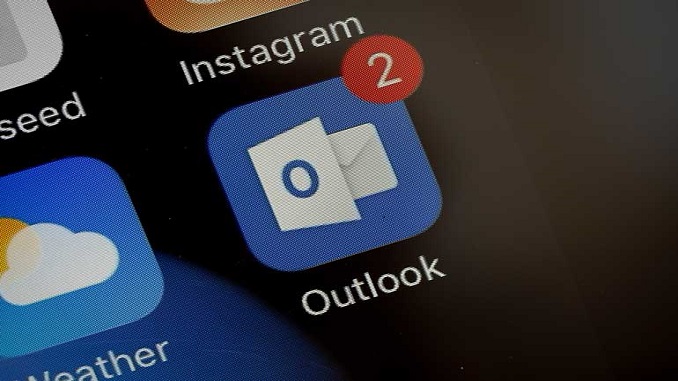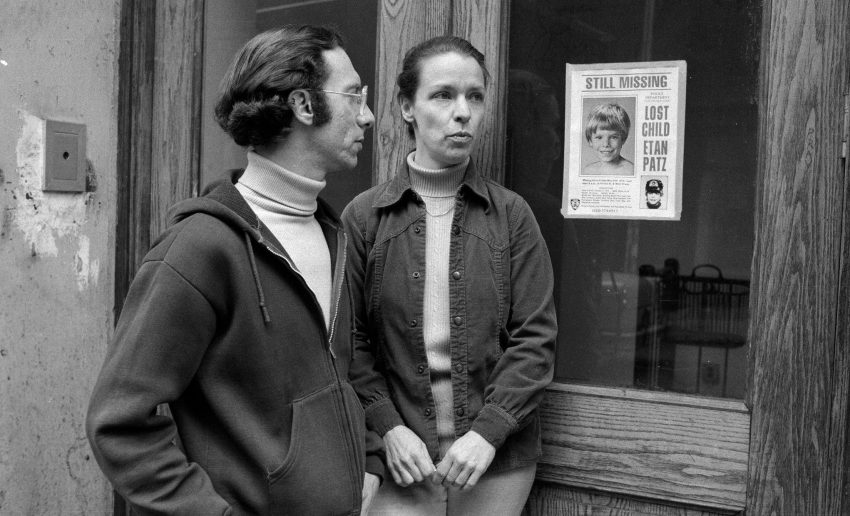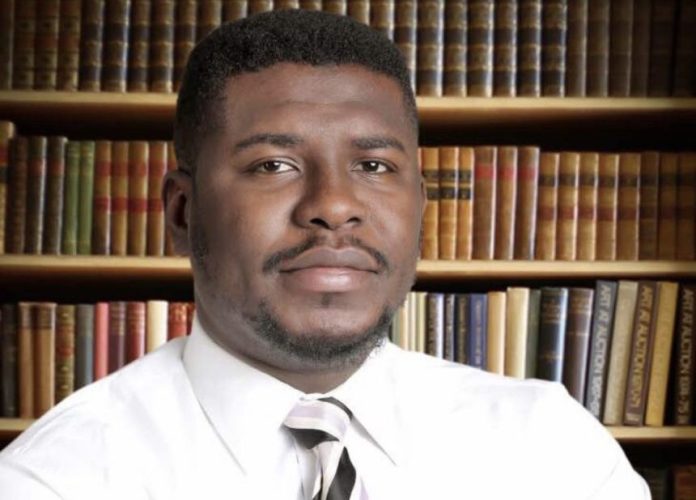By Lauren Cahn
Thanks to state-of-the-art medical technology—like defibrillators in nearly every place of business—life after death is more possible than ever. Check out these incredible tales from the other side—and what the survivors experienced.
Second chances
It’s easy to shrug off those miraculous stories about people who were effectively dead and then returned to life. But sometimes, this really does happen, and it’s not a hoax but is in fact reality! Sometimes modern medicine proves its worth; other times the shocking recovery amazes even the doctors. Here are some incredible-but-true stories of people who were, for all intents and purposes, dead—until they weren’t.
His heart had been stopped for nearly a minute

Paul Finkelstein, a 45-year-old lawyer, was in court when he began having trouble breathing. A colleague called emergency services and fed him baby aspirin—chewing it can prevent clotting that can further damage the heart. Nonetheless, Finkelstein suffered a full cardiac arrest and flatlined. He was clinically dead for 43 seconds before a defibrillator brought him back. “I came back for Peri,” he tells Reader’s Digest nine years later: Peri is his daughter who battles a form of muscular dystrophy; she remains Finkelstein’s inspiration to continue.
He survived a “widowmaker”

Three years ago, Bobby Galvan was gardening when he collapsed. He wasn’t even 50, but he had suffered what’s known as a “widowmaker”—a massive heart attack caused by an arterial blockage. Bobby’s situation was doubly bad: Two of his three major arteries were 100 per cent blocked. But miraculously, he was revived and rushed to hospital, where he survived two surgeries to repair the blockage and the damage. He’s alive and well today.
Check out these handy tips to survive just about anything.
She was dead from heart failure; she’s alive today

“On Christmas Day of 2013, I died of heart failure,” Claire Goodwin tells Reader’s Digest. Her death was a culmination of a years-long battle with anorexia nervosa and a form of bulimia. Five years later, she recalls the experience as quiet: She felt relief, but she also felt like she was underwater. “I was in the hospital, so thankfully I was resuscitated in time to avoid brain damage or other lasting effects.” Today at 26, Claire has fully recovered and is grateful for a second chance.
He was killed by a rocket-propelled grenade (RPG), alive today

Yonas Hagos was 10 when he emigrated from a Sudanese refugee camp. After growing up in the United States, he joined the Army—and then he made the ultimate sacrifice: Hagos was hit by a rocket-propelled grenade and was clinically dead for 45 seconds. He remembers nothing of those seconds spent on the other side. “When I gained consciousness, all that mattered was that I was fighting for my life.” Hagos was awarded a Purple Heart and is now a successful business owner of a pet store.
His heart stopped, but CPR and an AED saved his life

Photographer Neil Carew‘s heart stopped in February 2018 while he was setting up a photo shoot at a local school. Quick-thinking school staffers called an ambulance and began performing CPR on the 74-year-old. The principal grabbed an AED and gave it to the nurse to shock Neil’s heart into restarting. It worked, Neil tells Reader’s Digest: “If not for that AED, I’d be six feet under.”
He spent time in heaven

Trenton McKinley is a 13-year-old boy who was resuscitated after being dead for 15 minutes following a devastating dune buggy accident. Doctors were certain Trenton’s 15 minutes of flat-line had irreversibly damaged his brain, and for the next several days, he was kept on life support while his family made the decision to donate his organs to five children in need. But then Trenton began showing signs of cognition, and when he was fully awake, he told his family he’d seen heaven. Although Trenton suffers from pain and seizures and has lost 22 kilograms, he still has a sense of humour, reports Fox10 News.
Meet 6 people who’ve lived before—their chilling reincarnation stories are amazing!
He was hit by a car and left for dead

In February 2018, private equity fund manager Robin Lee Allen had just left a meditation class when he realised a car was coming at him the wrong way down a one-way street. Allen tried to dive out of the way, but the car—whose driver turned out to be drunk—hit him anyway. Thankfully, Allen has no memory of the impact; he does remember coming to after being revived by a defibrillator and hearing the EMT say, “Don’t cut off all of his clothes here—there are too many people taking pictures.”
She survived a suicide attempt

Kathryn Goetze narrowly survived a suicide attempt in her early 20s. “It was alcohol and a ton of pills, and I actually left my body and could see myself lying there.” The next thing she remembers is being back inside her own body, and vomiting into the toilet. She made the attempt just a few years after her father had committed suicide. In the 20 years since these events, Kathryn was inspired to create a global charity for mental health and a curriculum for teaching hope. “Clearly it was not my time,” she says. “There was work to be done.”
She was stillborn

Author Milana Perepyolkina entered this world with no heartbeat, no breath, and blue skin. The doctors handed Milana to her mother, giving her a chance to say goodbye. “She held me in her arms, giving me all the love she had for the daughter she would not watch grow up, not dress in beautiful skirts, not sing lullabies to, not braid her hair, not play dolls with her.” And then—Milana’s heart started beating. “My mother tells me I looked at her like an adult, with wisdom, with understanding. Her love brought me back to life.”
She passed away under the knife

In 2013, nurse Becky Lockridge, was undergoing a liver resection. While she was under anaesthesia, her heart stopped. It’s the only part of the surgery Becky remembers. “My late grandmother appeared before me and insisted I return,” she tells Reader’s Digest. “I thought of my two sons, for whom I’m a single mother, and I knew she was right.”
Next, read about some tough life decisions people had to make
Source: RD.com






































